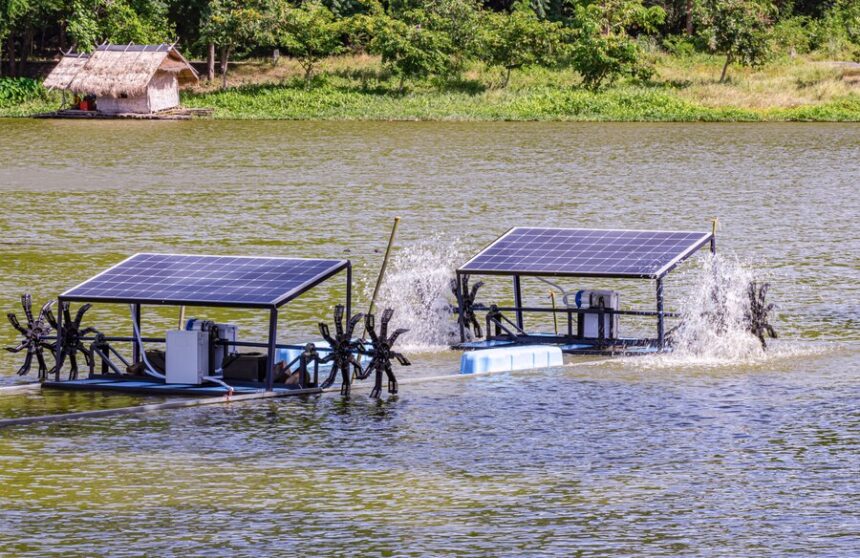Access to water is one of the biggest challenges facing farmers today, especially in regions affected by drought and unpredictable rainfall. As climate change continues to disrupt traditional weather patterns, the need for reliable, sustainable irrigation methods has become more pressing. Among the most promising solutions gaining attention is the use of solar-powered irrigation pumps.
These systems harness the sun’s energy to draw water from rivers, wells, boreholes, or storage tanks and distribute it across farmland. A typical solar irrigation setup includes photovoltaic panels, a controller, an electric pump, and a distribution system. When the sun shines on the panels, they generate electricity to power the pump, delivering water without the need for fuel or connection to the power grid. Some systems also include water storage tanks or batteries to extend usability beyond daylight hours.
Farmers who have adopted solar-powered irrigation report significant benefits. One of the most notable is the reduction in operating costs. Unlike diesel or electric pumps, solar systems do not rely on expensive and fluctuating fuel prices. Once the system is installed, the energy source—sunlight—is completely free. This allows farmers to irrigate their crops more frequently and consistently, boosting yields and enabling year-round production.
The systems are also known for their durability and low maintenance requirements. With minimal moving parts and no need for fuel handling, solar pumps require far less upkeep than traditional irrigation options. A well-installed solar pump system can operate efficiently for over two decades with basic care, such as keeping the solar panels clean.
For farmers in off-grid or remote areas, solar irrigation provides access to water where electric lines are unavailable or unreliable. This increases agricultural productivity in rural regions and promotes food security. It also allows farmers to grow high-value crops like vegetables and fruits, which demand more consistent watering.
In addition to economic advantages, solar-powered irrigation is environmentally friendly. It produces no emissions and helps reduce dependence on fossil fuels, aligning with broader efforts to combat climate change. With no risk of fuel spills or air pollution, the technology also supports cleaner, healthier farming environments.
Recognizing its potential, governments and development organizations are promoting solar irrigation through various support programs. In many countries, farmers can access subsidies, grants, or low-interest loans to help cover the initial cost of solar irrigation systems. Technical training and maintenance support are often included to ensure long-term success.
However, the technology is not without challenges. The upfront cost can be a barrier for some farmers, especially those without access to financial assistance. In areas without reliable water sources, solar-powered systems may not be practical. Proper sizing and professional installation are also critical to ensure the system meets a farm’s specific water requirements.
Despite these hurdles, the outlook for solar-powered irrigation is bright. With technology becoming more affordable and widespread, it is quickly becoming a cornerstone of modern, climate-smart agriculture. For farmers seeking to lower costs, improve yields, and build resilience in the face of climate change, solar-powered irrigation pumps offer a sustainable path forward.
Join 'Farmers Mag' WhatsApp Channel
Get the latest Farming news and tips delivered straight to your WhatsApp
CLICK HERE TO JOIN






